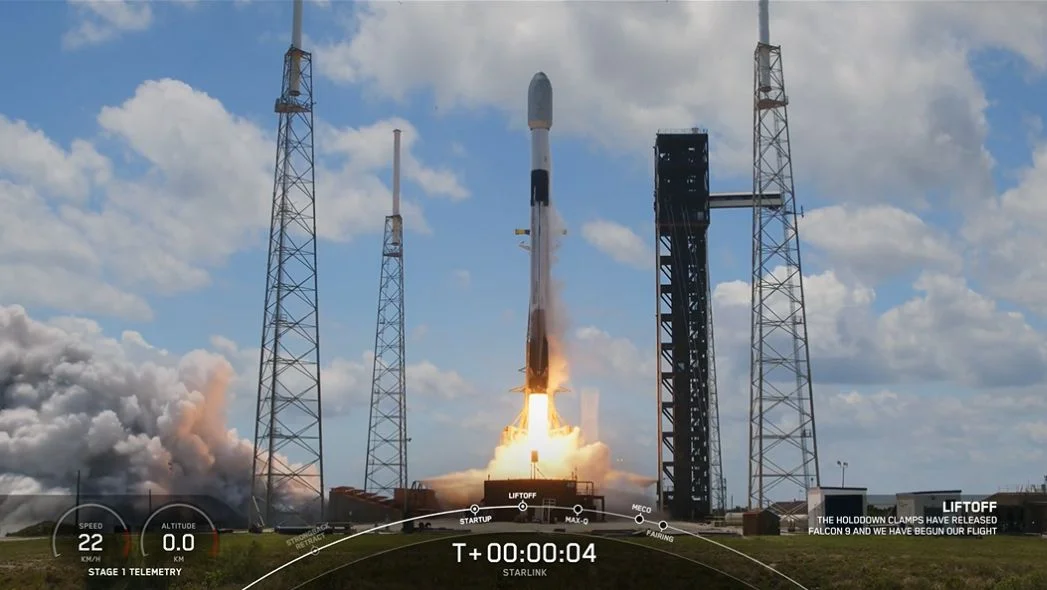
SpaceX Dominates Sky: Two Falcon 9 Launches Propel Starlink Constellation Expansion
SpaceX continues its relentless expansion of the Starlink megaconstellation with two successful Falcon 9 launches in rapid succession. These missions underscore SpaceX's commitment to providing global high-speed internet access and its unparalleled launch cadence.
The first launch, designated Starlink 6-83, occurred on May 13, 2025, at 1:02 a.m. EDT from Pad 39A at NASA's Kennedy Space Center in Florida. Witnessing the ghostly image of the Falcon 9 rising through the clouds and fog over the Indian River was truly remarkable. This mission marked a record for the Falcon 9 booster, making it the 28th flight for this particular booster.

Just a day later, on May 14, 2025, at 12:38 p.m. EDT (1638 GMT), another Falcon 9 rocket launched the Starlink 6-67 mission from Cape Canaveral Space Force Station, Florida. This launch carried 28 more Starlink satellites into low Earth orbit (LEO), bringing the total number of operational satellites in the Starlink network to over 7,000. The booster supporting this mission, B1090, had previously supported three missions, showcasing SpaceX's reusability capabilities.

Approximately 8.5 minutes after liftoff, the booster B1090 successfully landed on SpaceX’s A Shortfall of Gravitas drone ship, stationed in the Atlantic Ocean. This marked the 109th booster landing for that droneship and the 447th booster landing to date – an incredible achievement highlighting the advancements in reusable rocket technology.
With these two launches, SpaceX's Falcon 9 mission count for 2025 rises to 58, and the overall liftoff count reaches 60. While the majority involves the Starlink constellation, two missions were focused on the next-generation super-heavy-lift rocket, Starship, with another test flight scheduled for May 21, 2025.
The relentless pace of launching Starlink satellites raises questions about the long-term effects of large constellations on the night sky and the potential for increased space debris. As SpaceX continues to push the boundaries of space technology, keeping the skies safe and accessible for everyone will be increasingly vital. What are your thoughts on the rapid expansion of satellite constellations? Share your opinions in the comments below!